Over the past few months, engineers and safety consultants have been hard at work preparing Mount Meron for the huge crowds attending the Lag B’omer celebration at the Kever of Rabbi Shimon Bar Yochai next week.
By Anash.org reporter
Photos: Dovber Hechtman/Anash.org
Construction is underway at Mount Meron to prepare for the huge crowds attending the Lag Baomer celebration at the Kever of Rabbi Shimon Bar Yochai.
Over the past few months, engineers and safety consultants have been demolishing several illegally built structures near the Kever of Rabbi Shimon. Some are being replaced with newer more secure structures.
Entry to Meron will only be permitted by purchasing travel tickets in advance which will also serve as an entry permit to the site. Those who drive to Meron in private cars will also be required to buy a ticket for the final stretch between the parking lot and the site.
Jerusalem Minister Meir Porush, Meron project manager Yossi Deitsch and the commander of the Northern District of Israel Police Shuki Tachucha presented the outline for Meron 2023 at a press conference a few days ago.
The plan allows for a significantly larger number of visitors at the site than last year after extensive work was carried out to prepare access and emergency routes and expand the “Hilula Complex.” The exact number of people allowed at the site will be determined after the completion of the work and an updated engineering assessment.
During the press conference, the expanded “Hilula Complex” (Complex 89) was revealed, which will be the main gathering site on Lag B’Omer. The 110-dunam complex includes 50 new dunams of parking lots for public transportation and another 60 dunams of gathering areas.
Assembly areas for events will be established in the complex, each of which will be able to hold thousands of people, with safe bleachers and seating. The complex also includes a modern and spacious area for carrying out chalakos [upsherins], an area for distributing food and drink according to the “Chai Rotel” custom, a large dance floor with a band that will play throughout the night, and a tent with places to sit for tefillah and limmud.
In addition, space will be allocated in the Hilula Complex for a zicharon for the 45 Meron victims, where the yartzeit seudah will be held. A moving ceremony with songs of chizzuk and tefillah will be held with the participation of hundreds of family members.
The expanded Hilula Complex will also be used for the hadlkos of Chassidish Rebbes, Rabbanim and Roshei Kehillos and spacious areas have been allocated for this purpose.
The Tzion:
Those entering and leaving the tzion will be monitored by hundreds of ushers from the Chareidi sector who will secure all passages and ensure at any given moment that order is maintained and safety conditions are met.
In order to preserve the mesorah of Meron, areas will be allocated near the tzion for tefillah and dancing, instead of the courtyard adjacent to the entrance that will be used to allow safe entry into the cave. A band will be situated in the Rebbe Eliezer chatzer (the hadlakah complex of Toldos Aharon in the past) and will play live music throughout the event.
A spacious, air-conditioned and furnished tent will be erected in the Chatzer Hillel (the hadlaka complex of Toldos Aharon Yitzchak in the past) for tefillah and limmud with places to sit near the tzion. Two complexes will also be built nearby to carry out chalakos as well as large complexes and tents for women.
The traditional and only hadlaka on the roof of the tzion will be carried out by the Boyaner Rebbe. The hadlaka complex will be divided into two levels that can accommodate thousands of people.
Derech Mehadrin:
The emergency road has been tripled in size to six meters and will allow the movement of vehicles when necessary. In routine times, it will be used as a safe passage for those arriving at the site on foot on the derech Mehadrin.
An additional path was established next to the tzion complex which will connect the dancing and tefillos courtyards directly to the derech Mehadrin in the middle of the mountain, which will reduce the number of people going up the mountain on the main road.
Much effort and work were dedicated within the framework of the outline to ensure the safety of the visitors to the site, implement the recommendations of the investigative committee, and improvements even beyond that. However, work to expand the site will continue in the coming years, making it possible to increase the number of visitors permitted at the site even more in the future.
The outline was drawn up in recent months in dozens of meetings held by project manager Yossi Deitch with all the relevant parties, led by the Israel Police and the Transportation Ministry, along with other governmental, municipal, public and private entities.

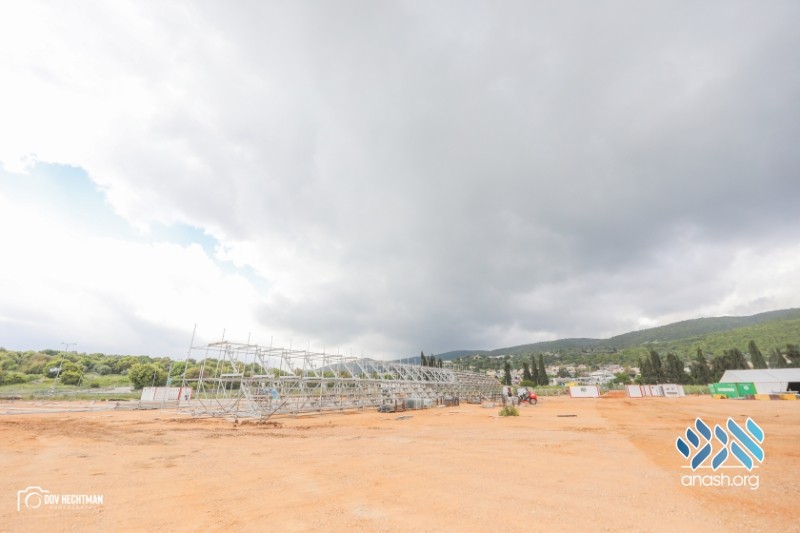
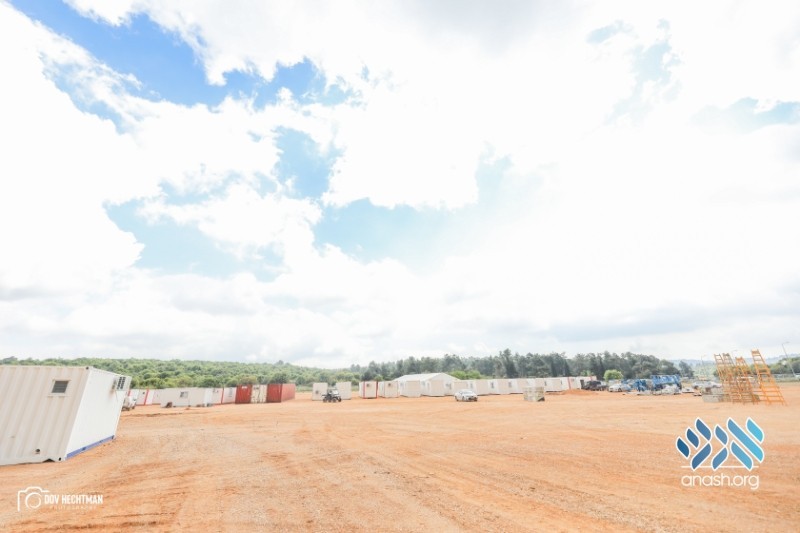

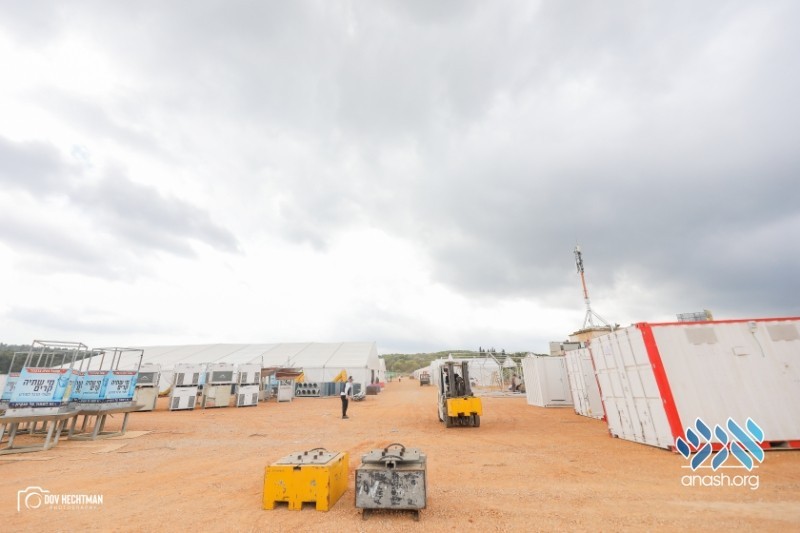
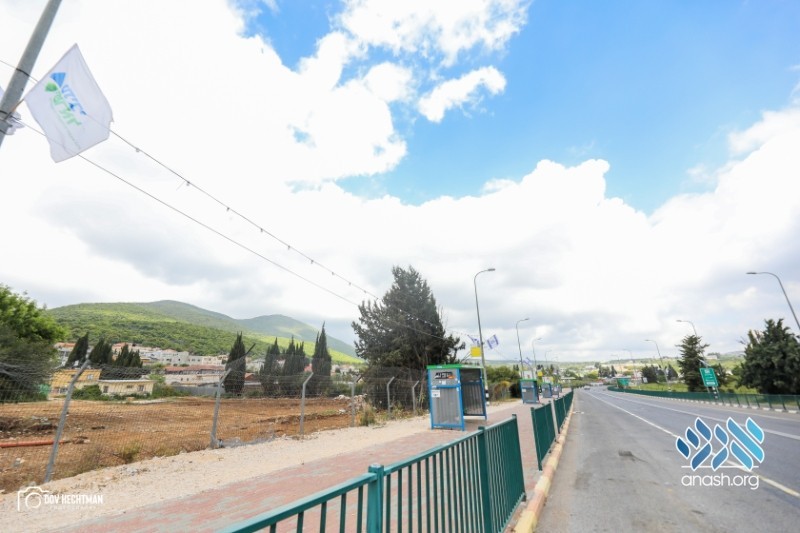

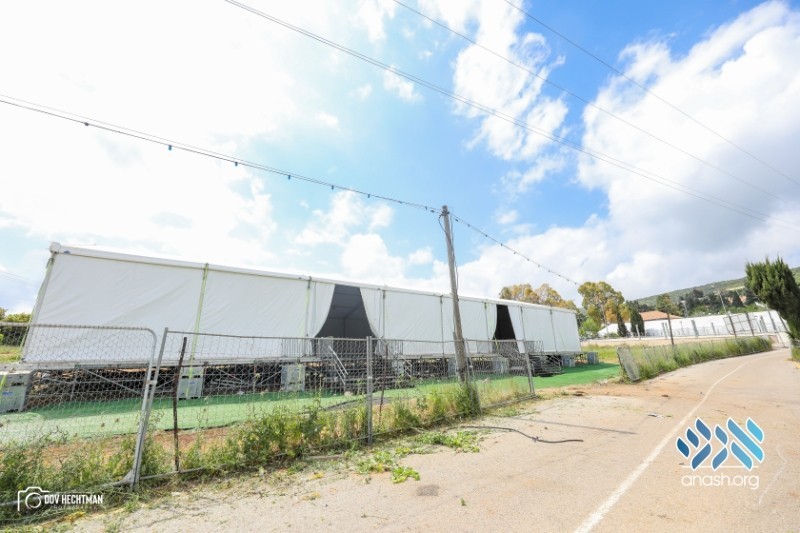



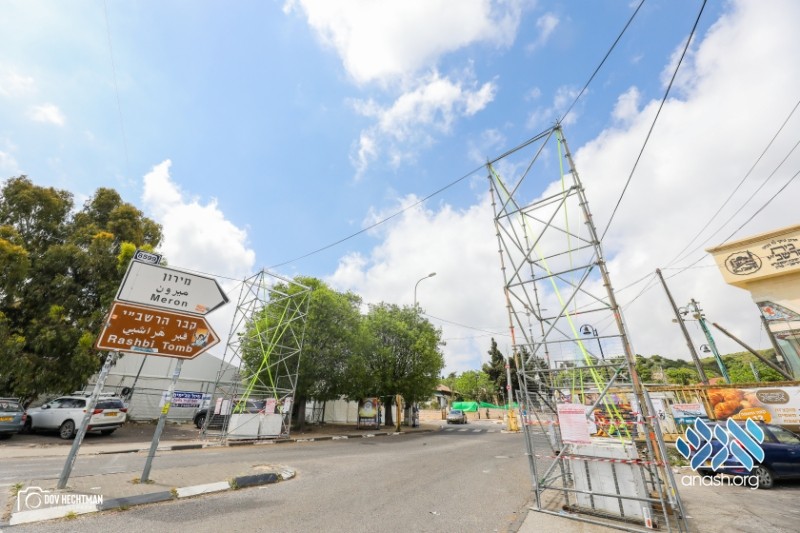
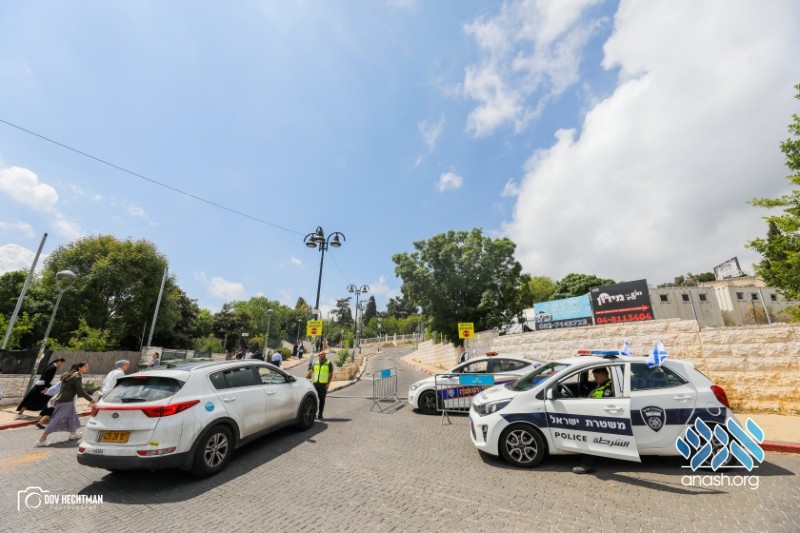

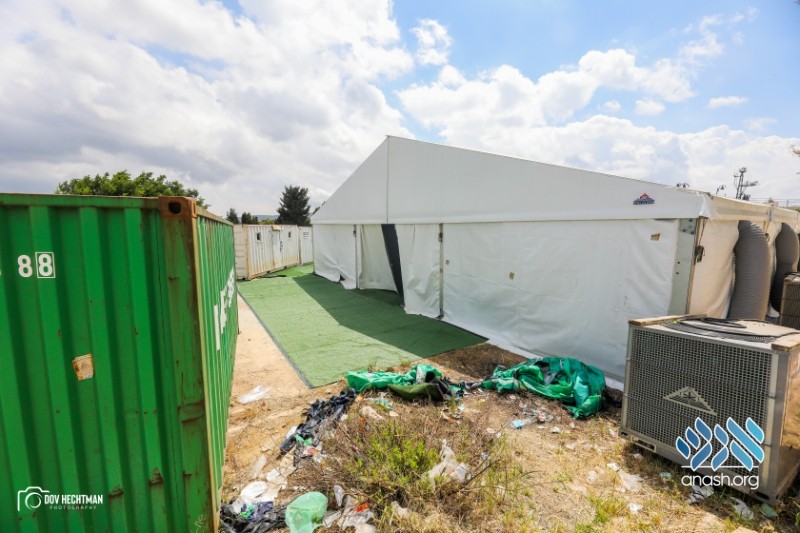

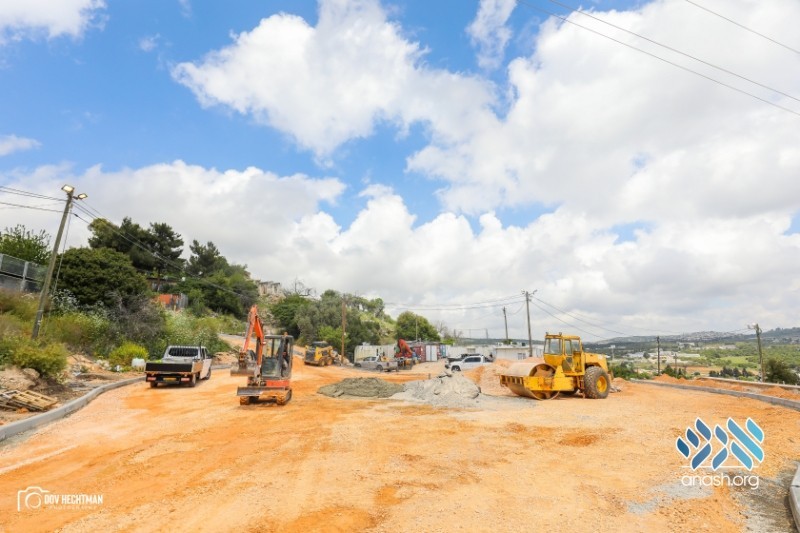
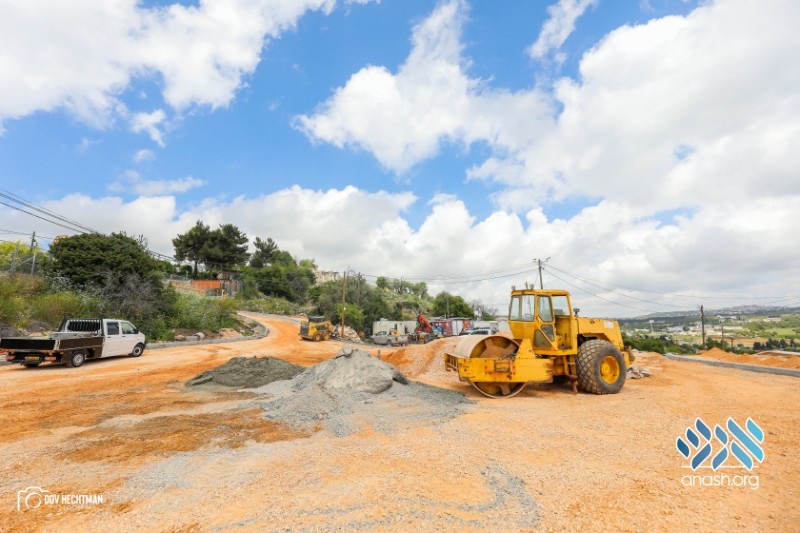
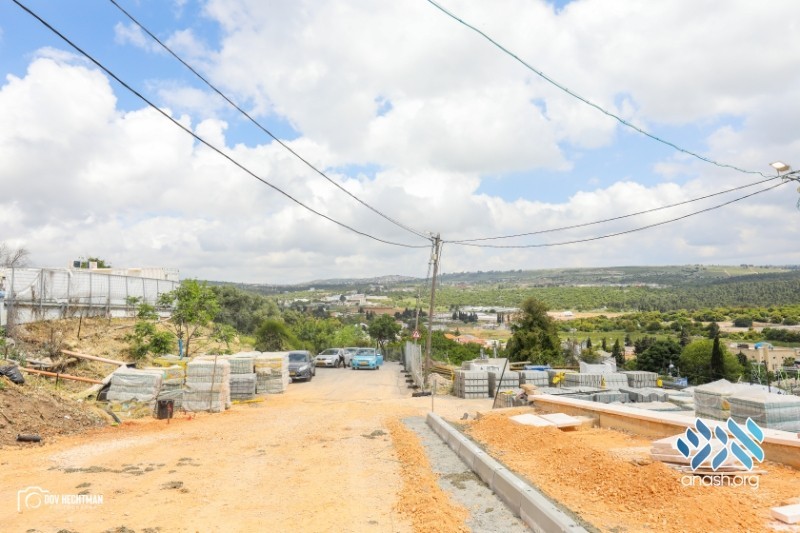


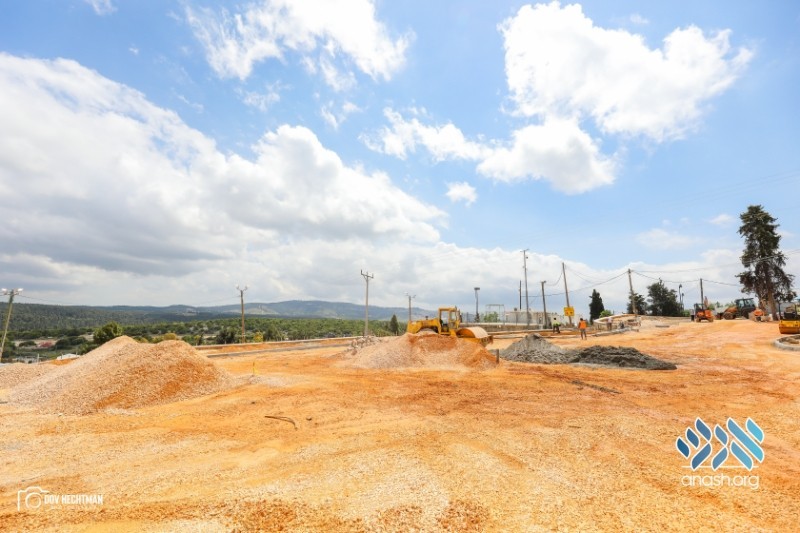
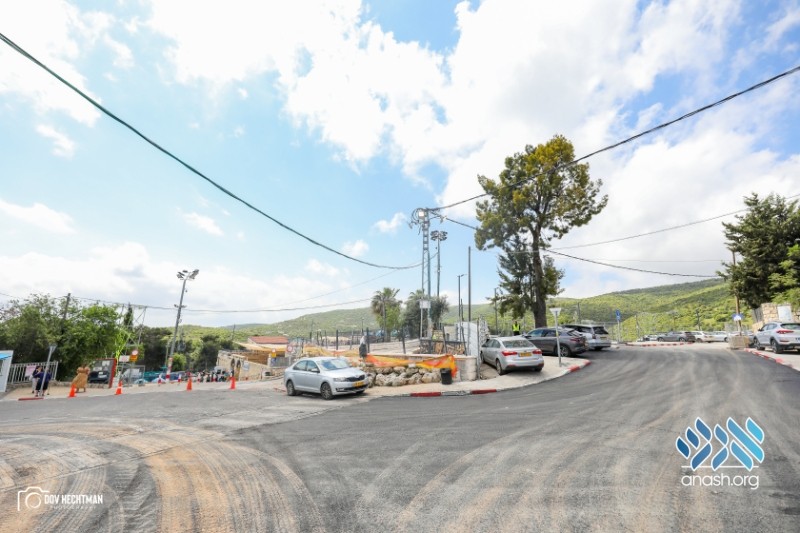

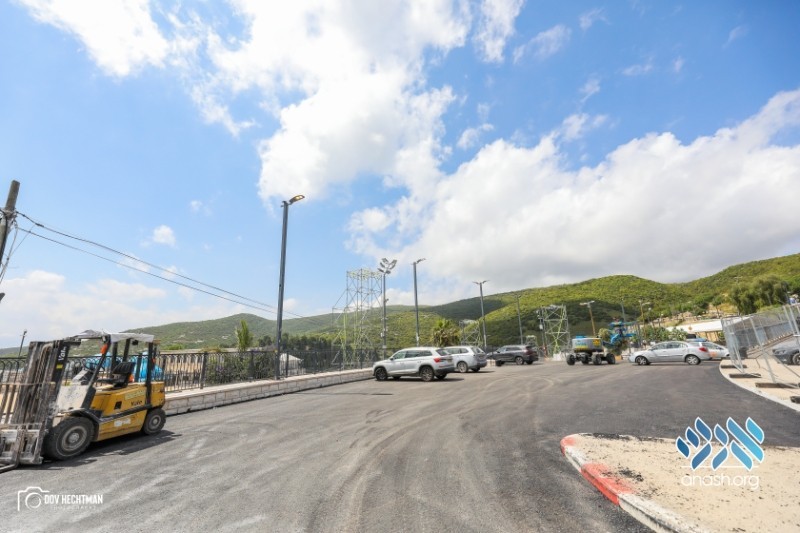

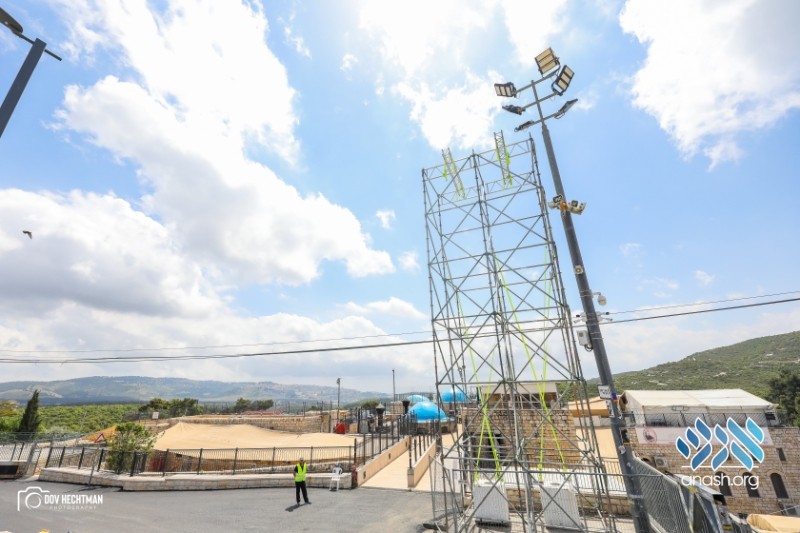

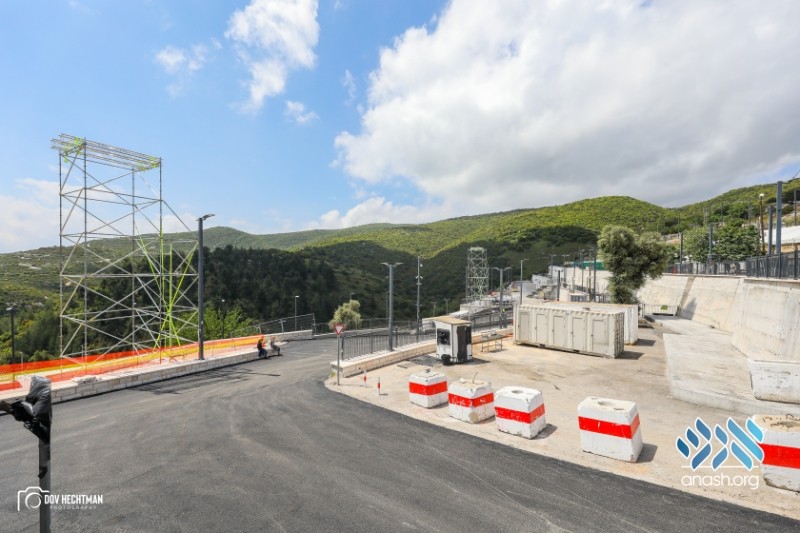
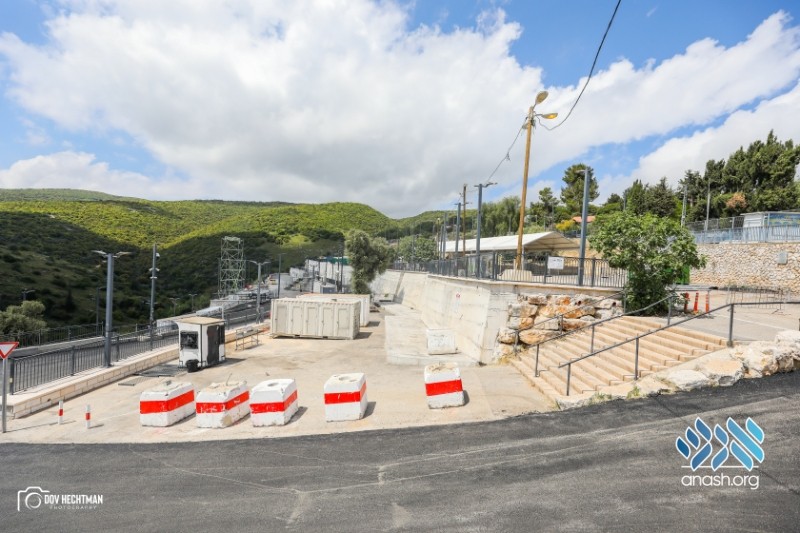


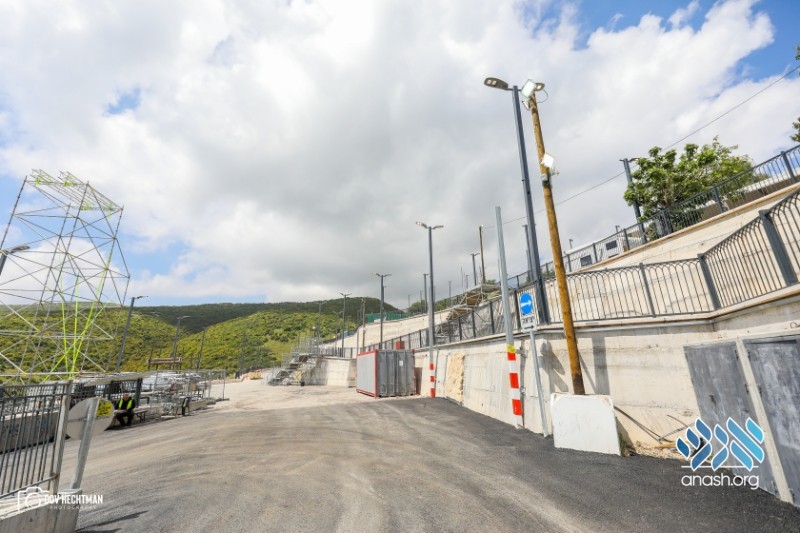

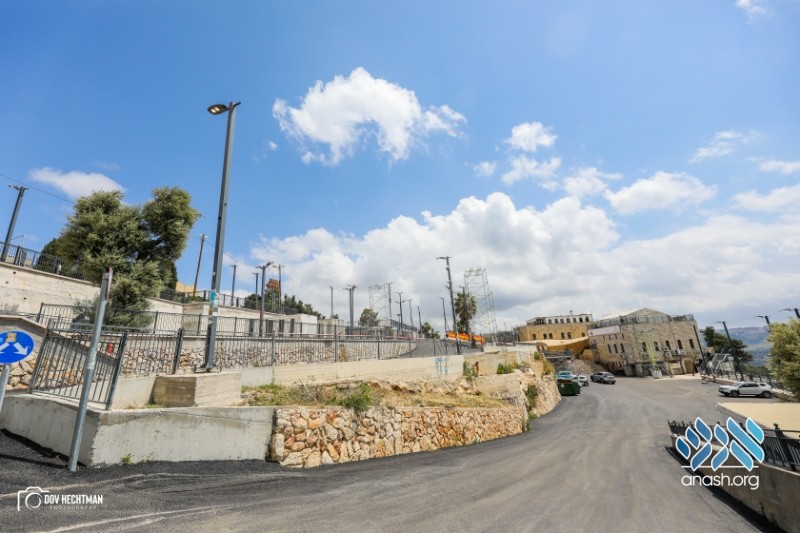
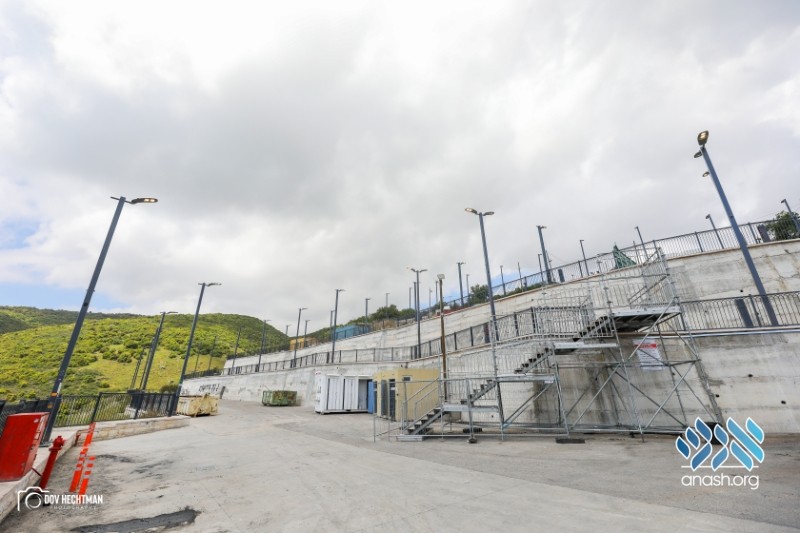
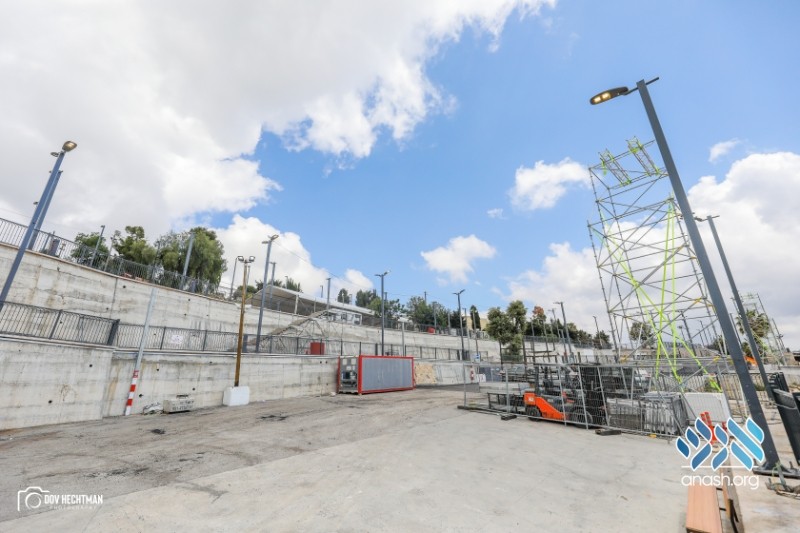
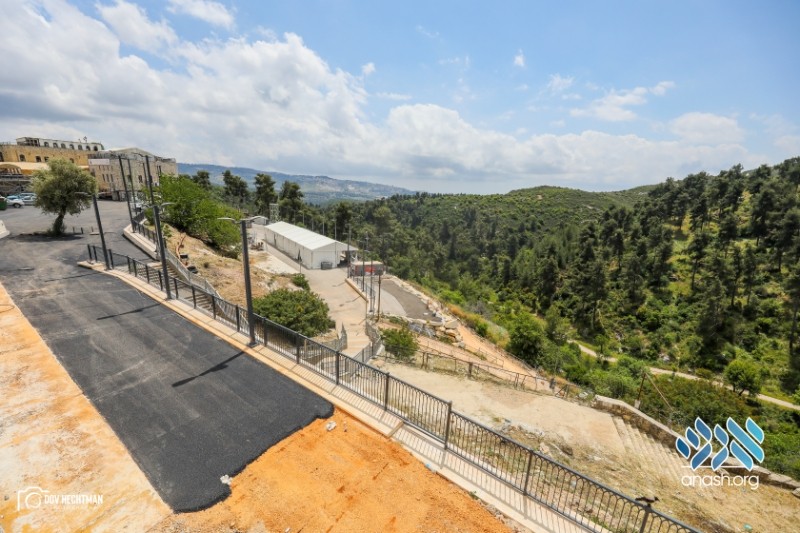

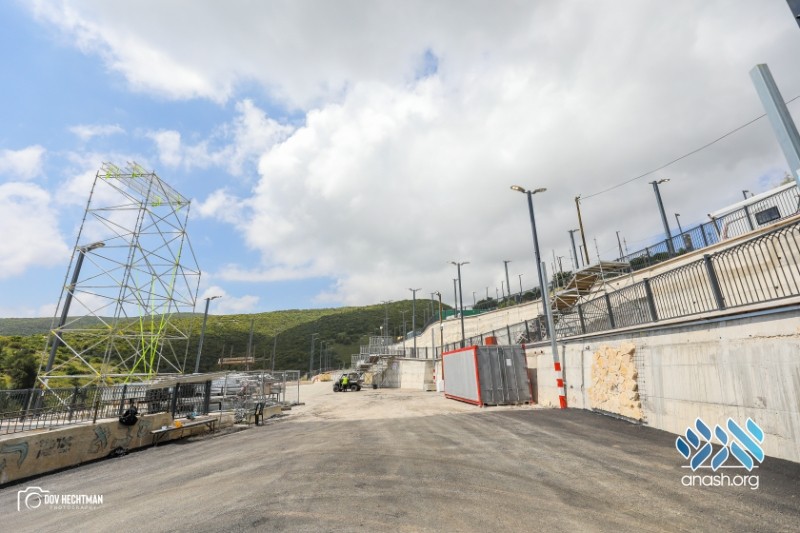


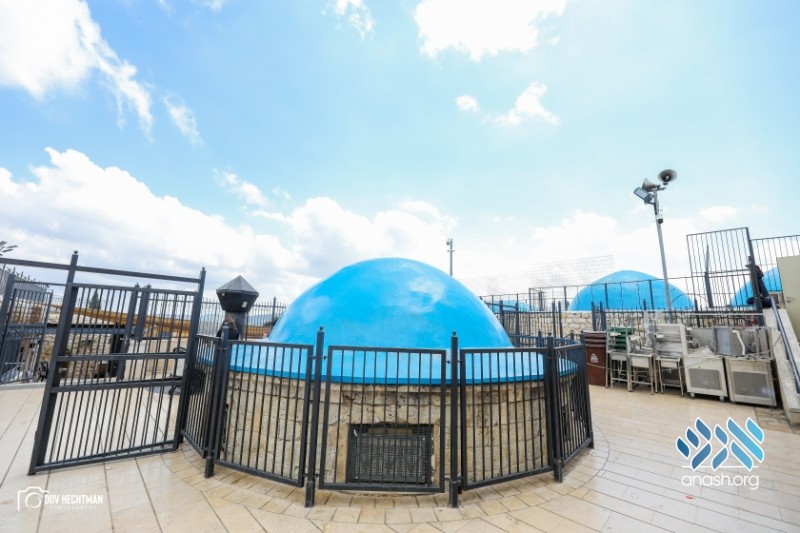
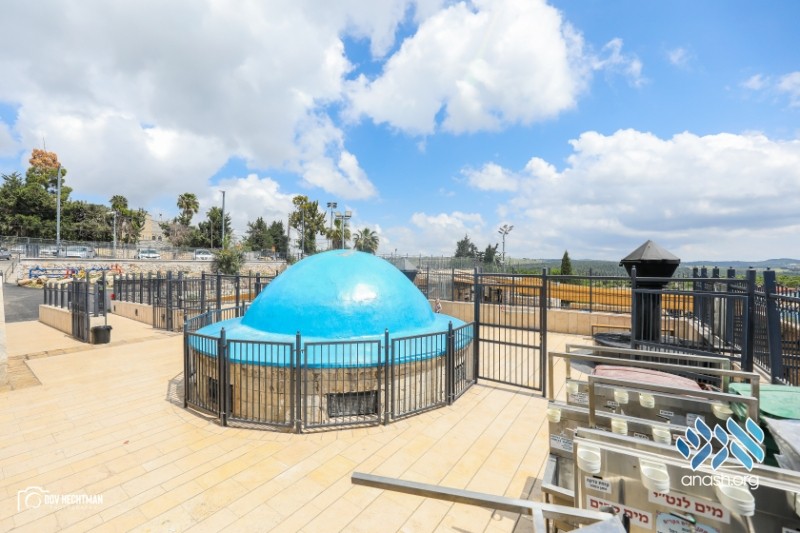
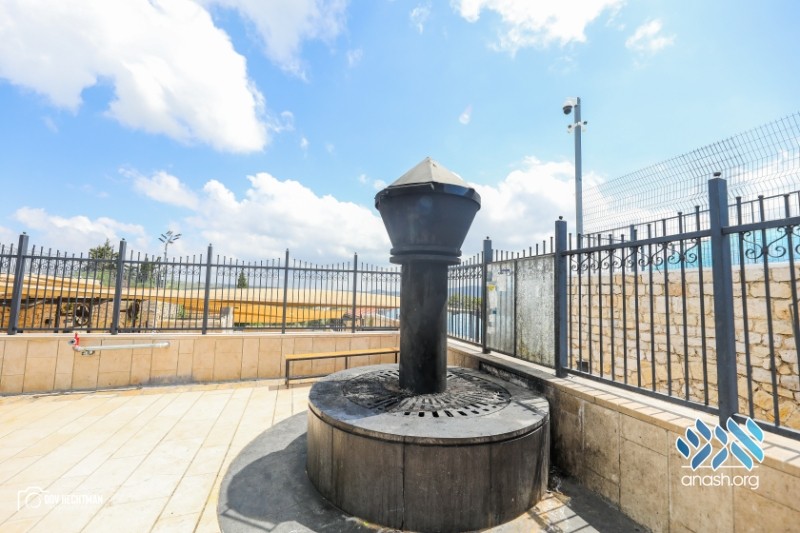
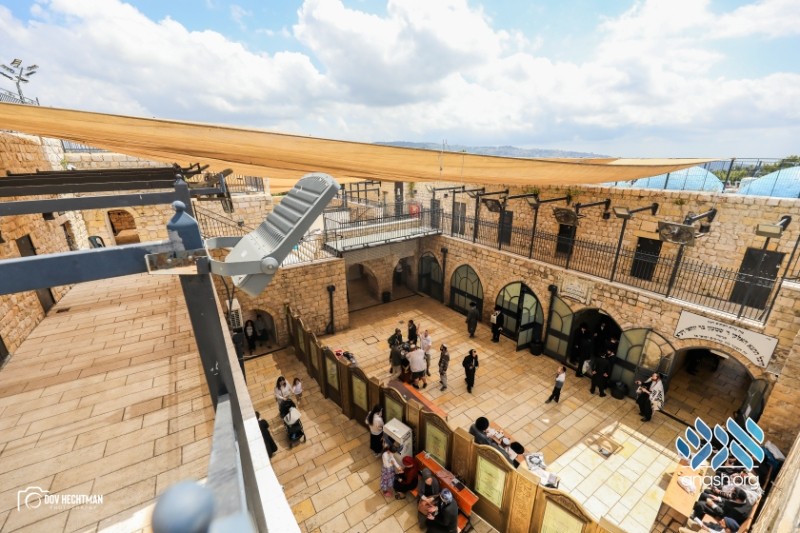
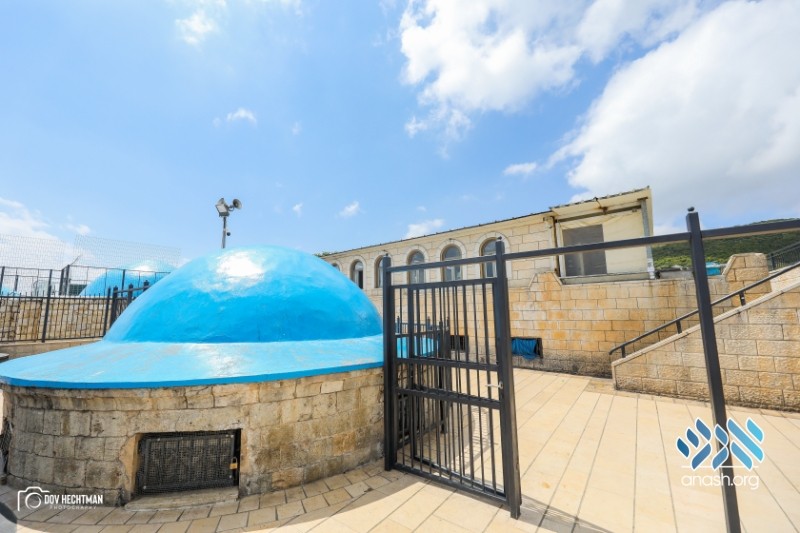
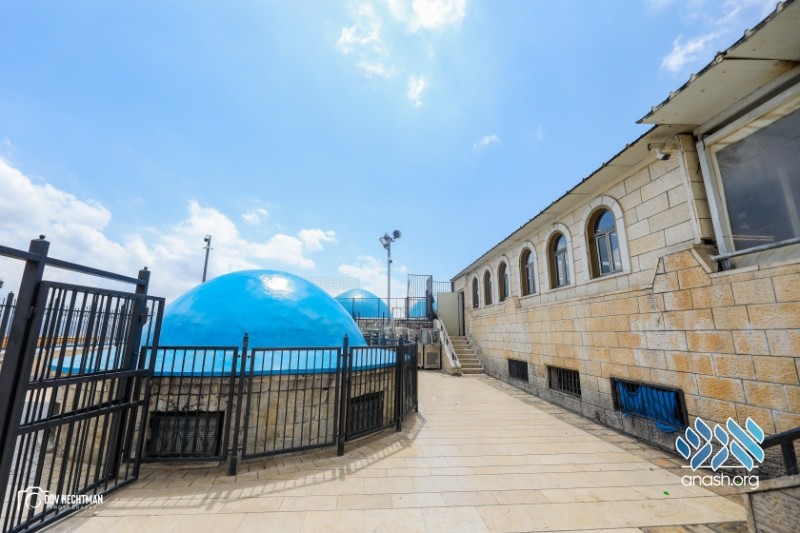
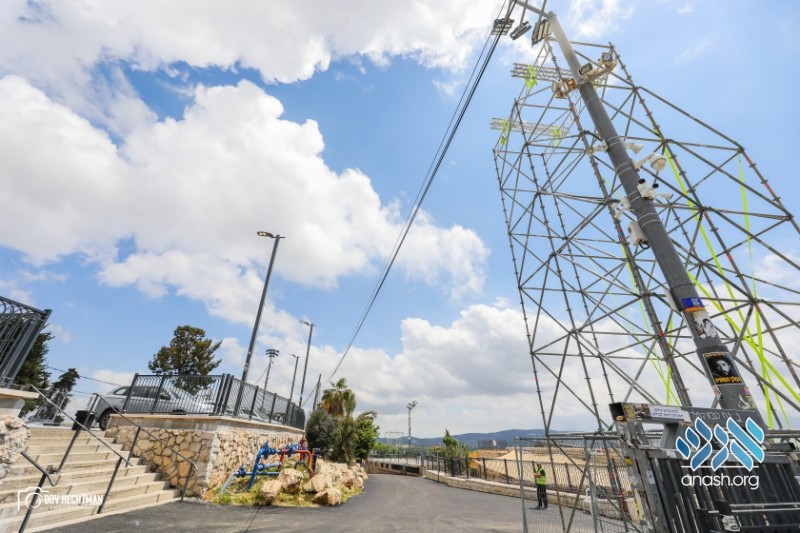

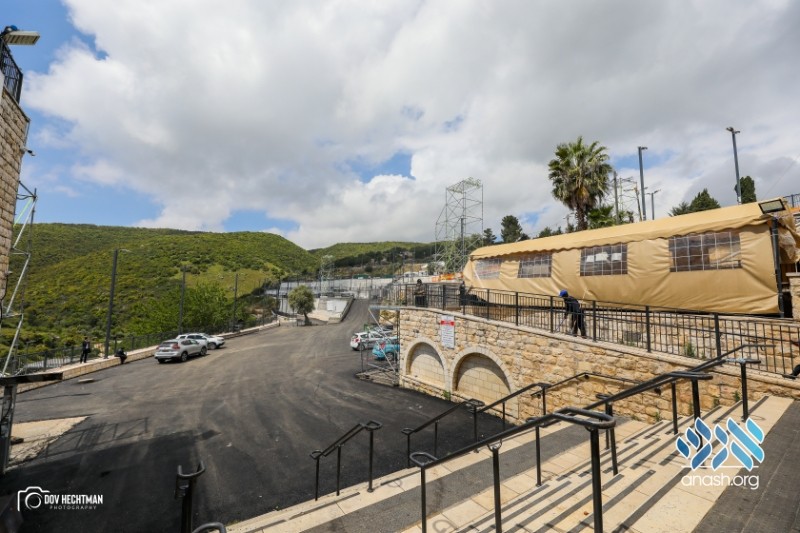
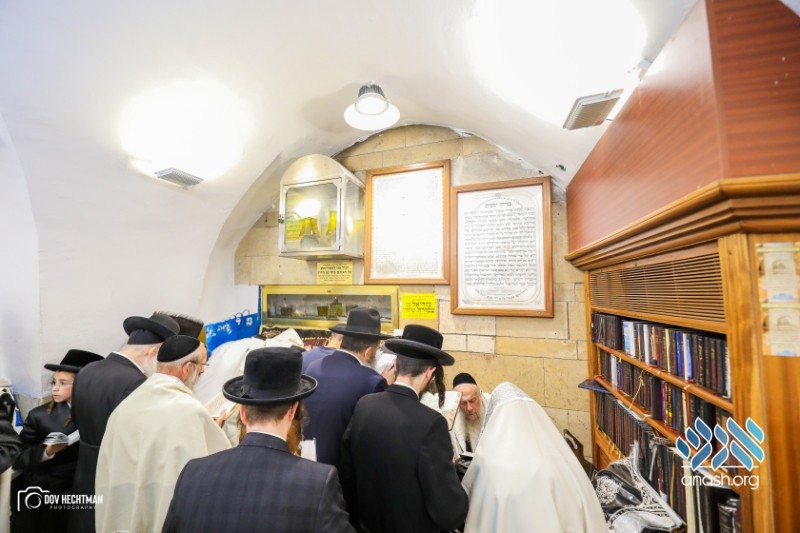

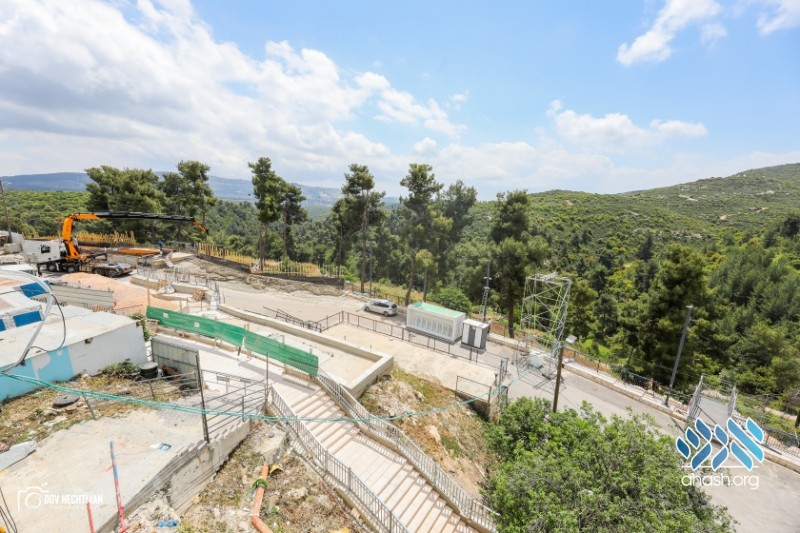

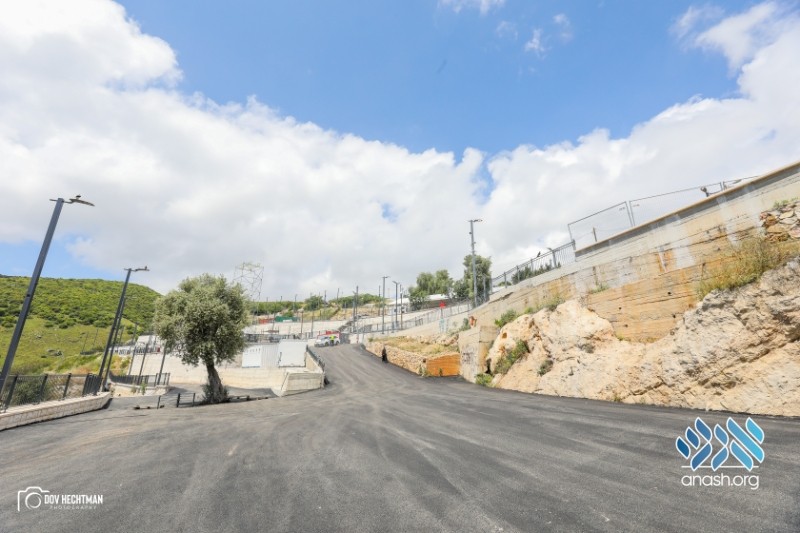
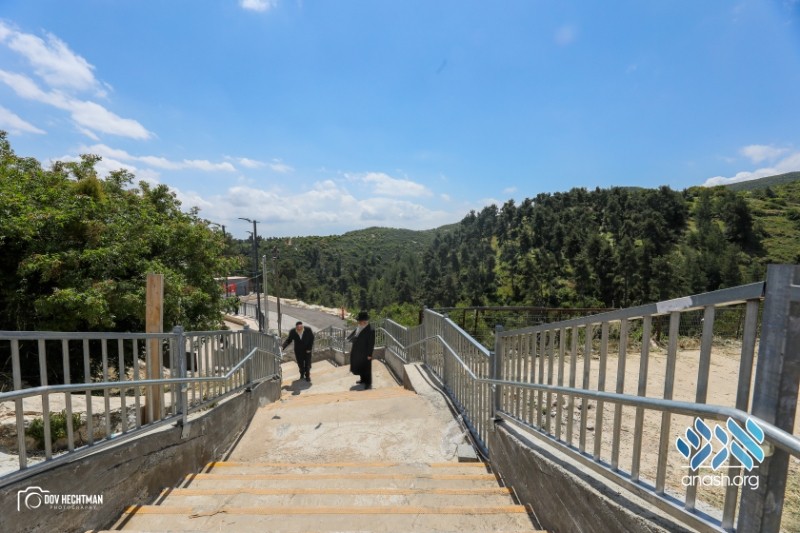






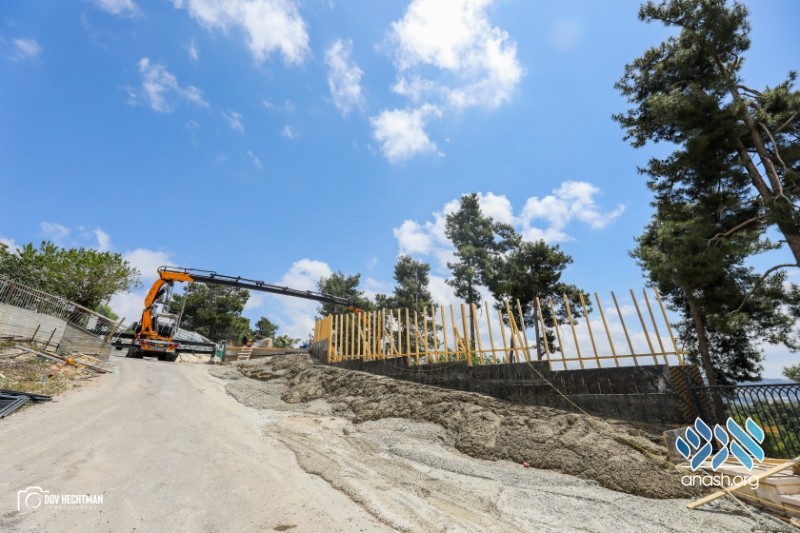

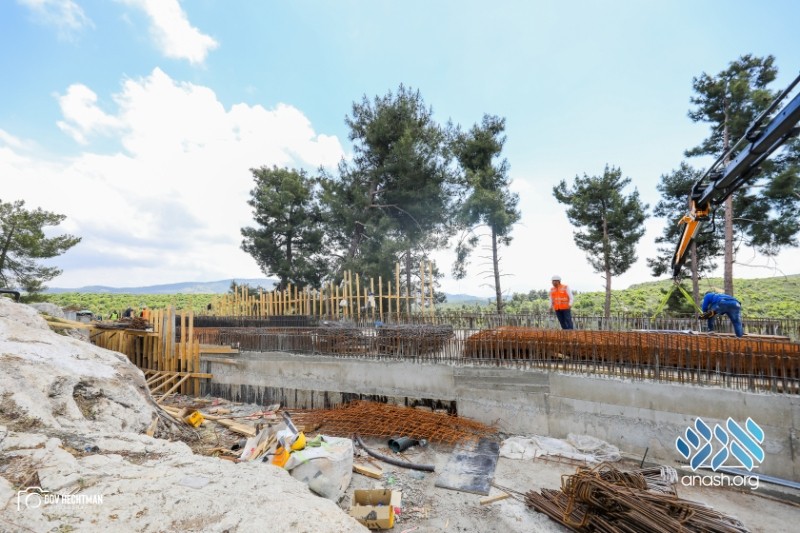

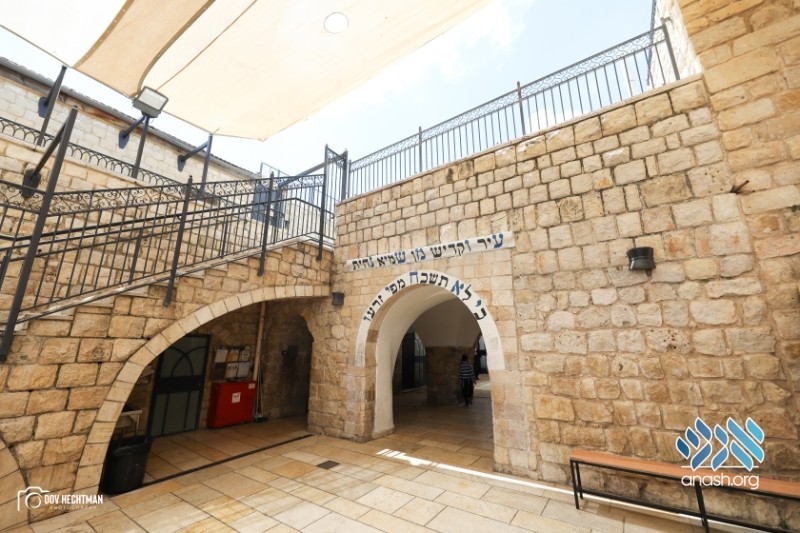

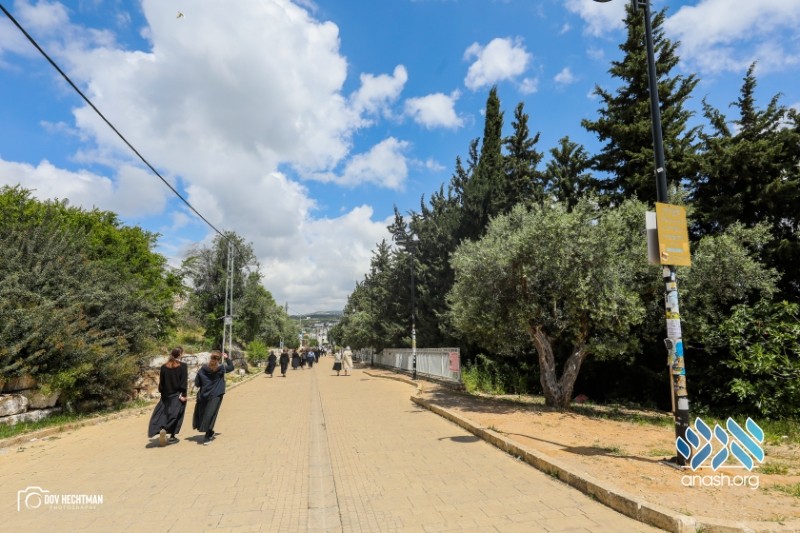
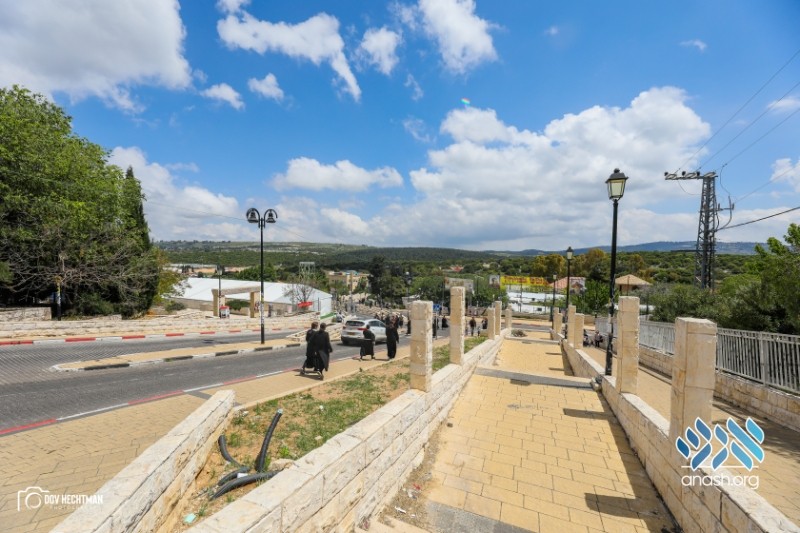
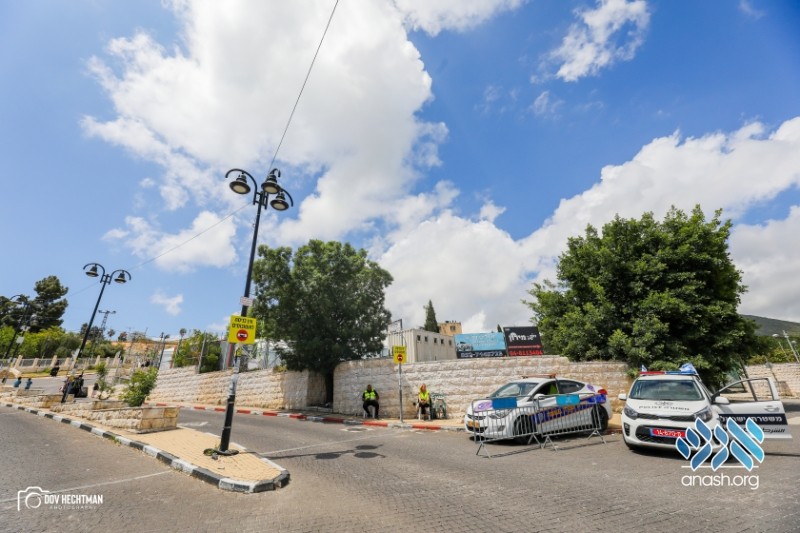

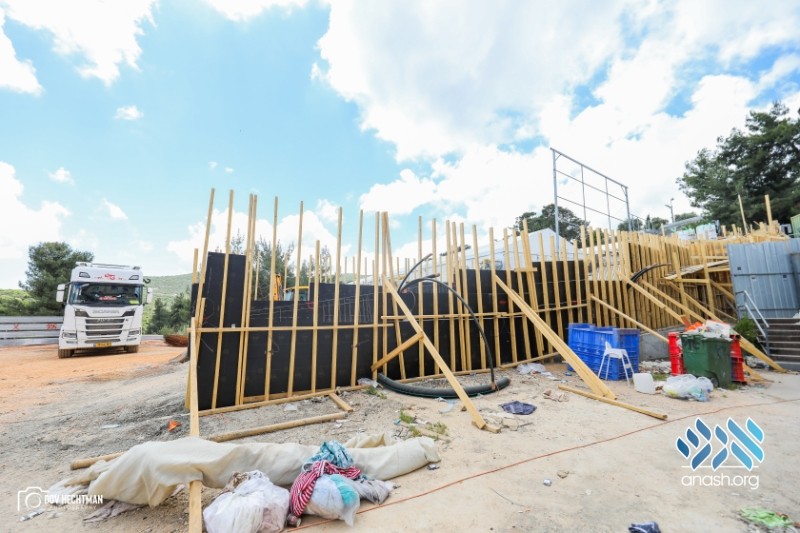

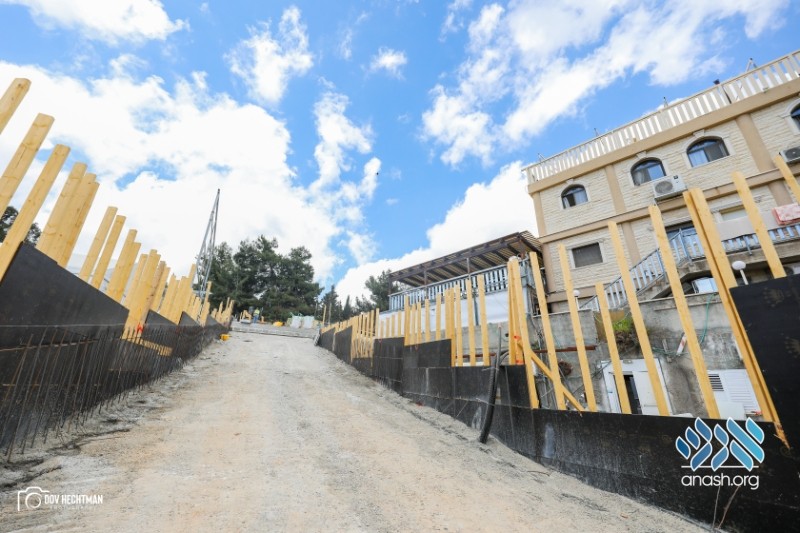
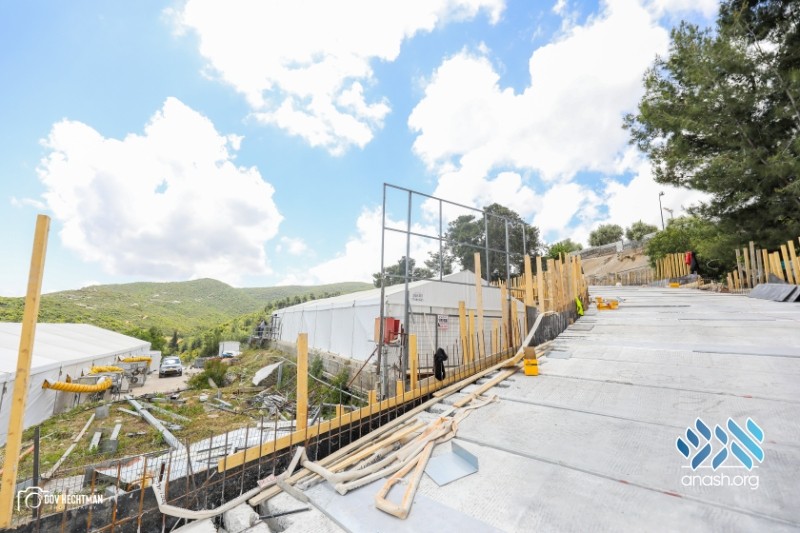
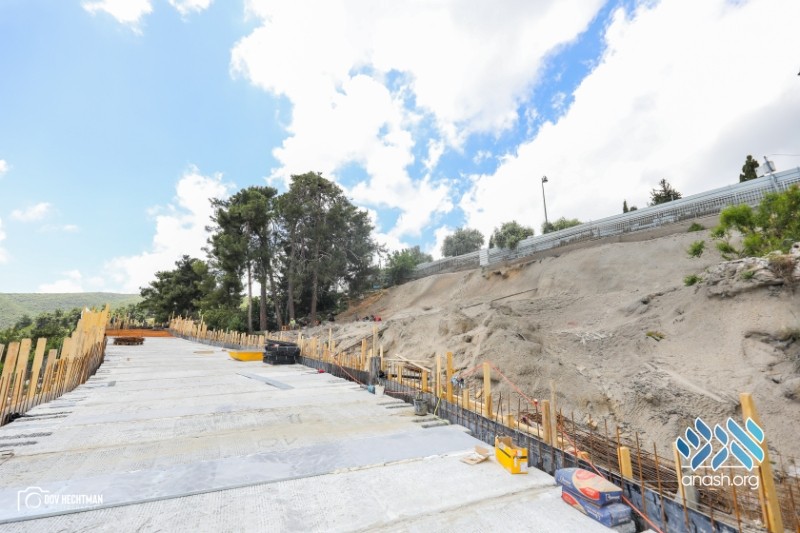

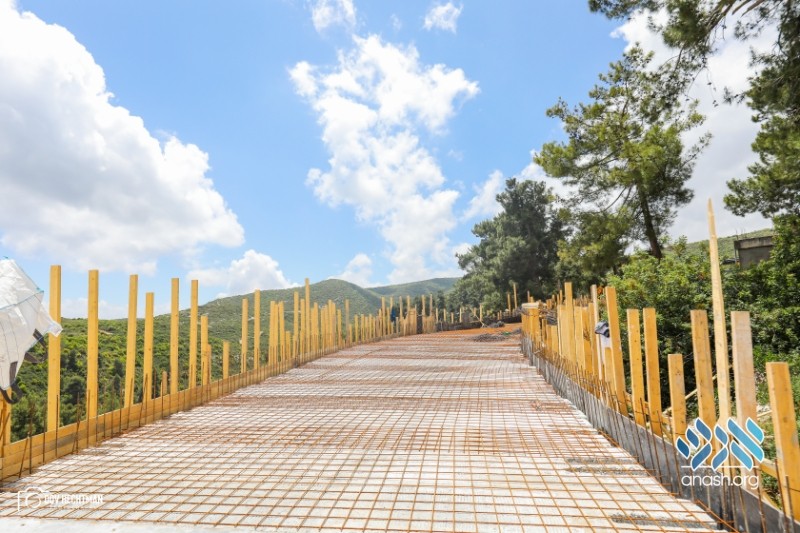
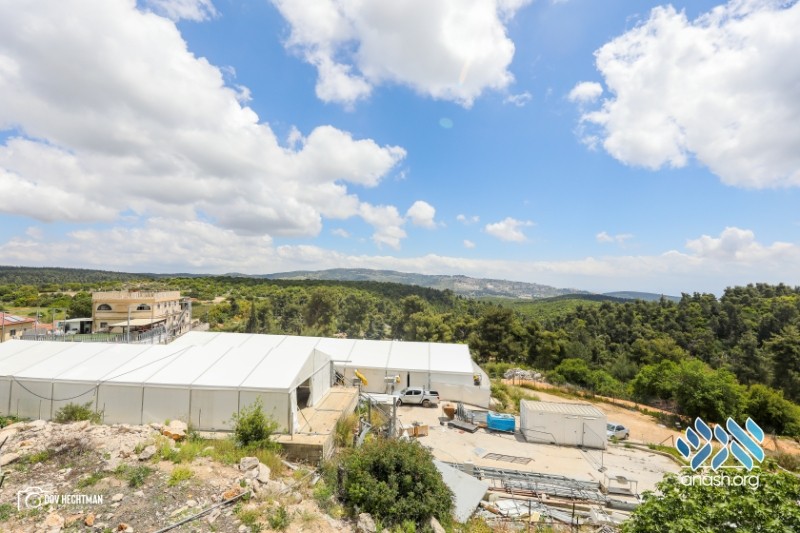

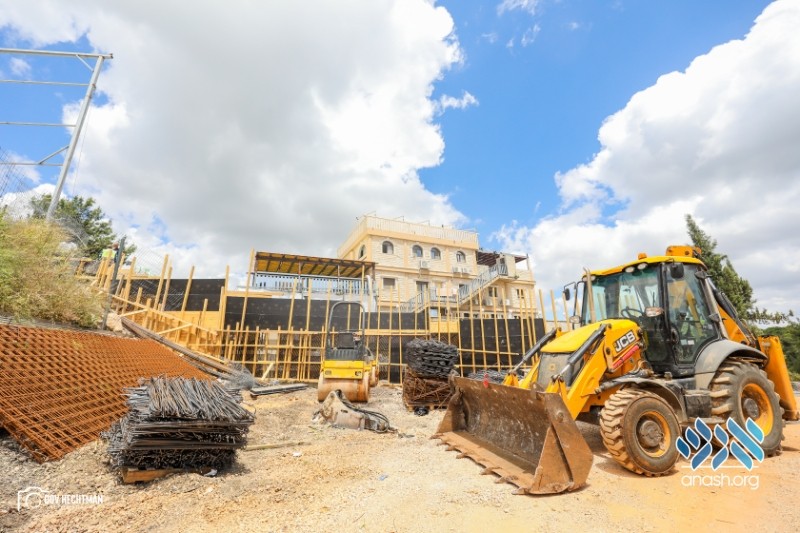
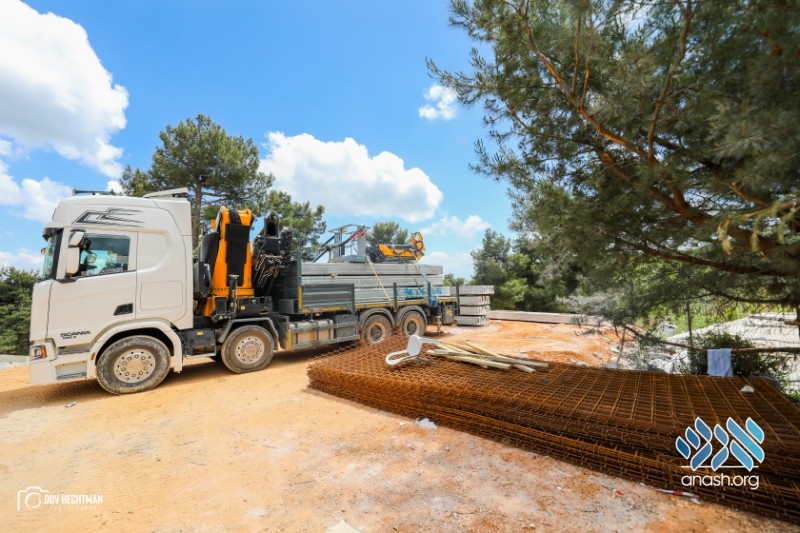

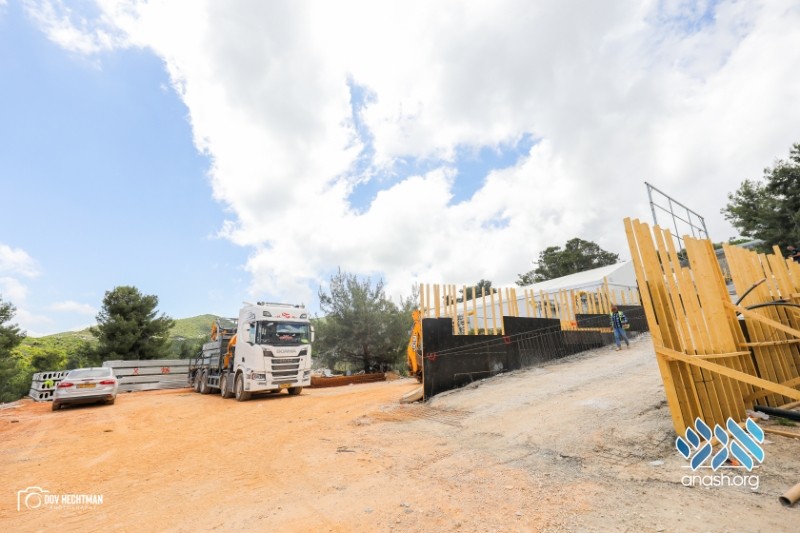
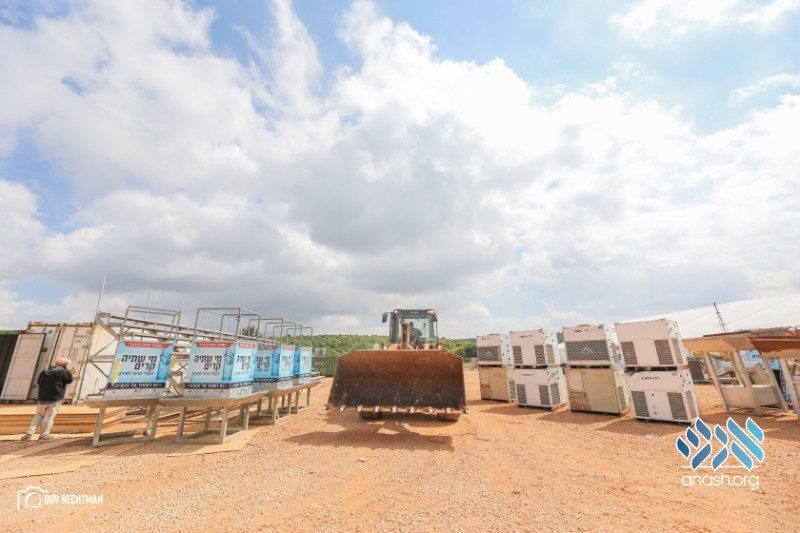
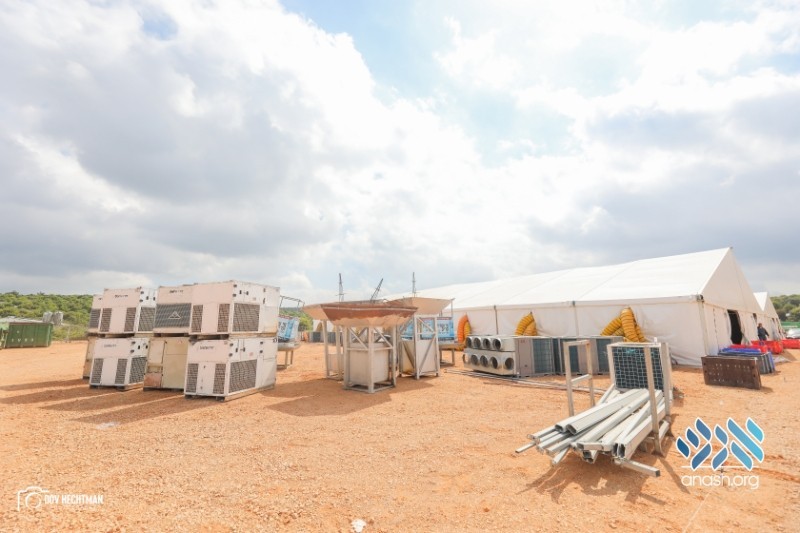

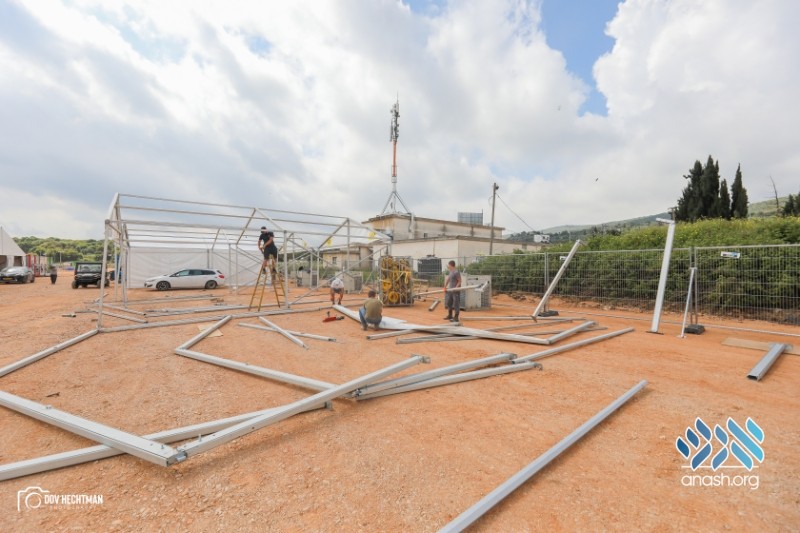
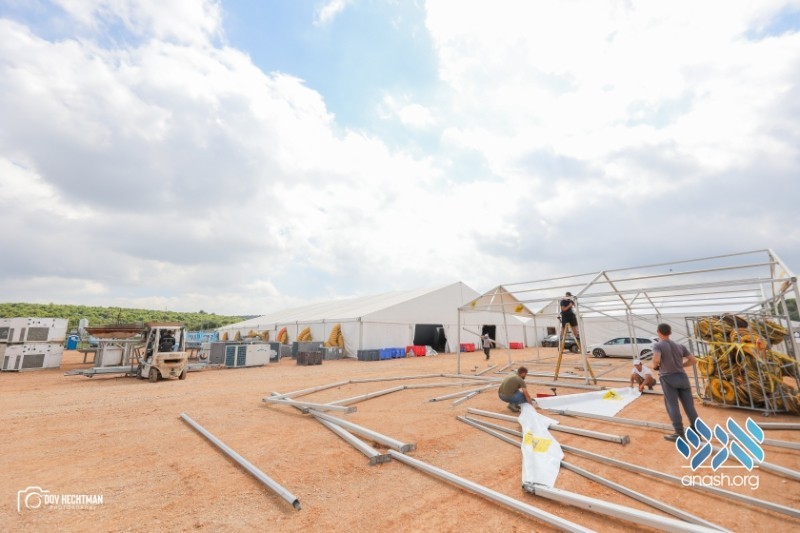
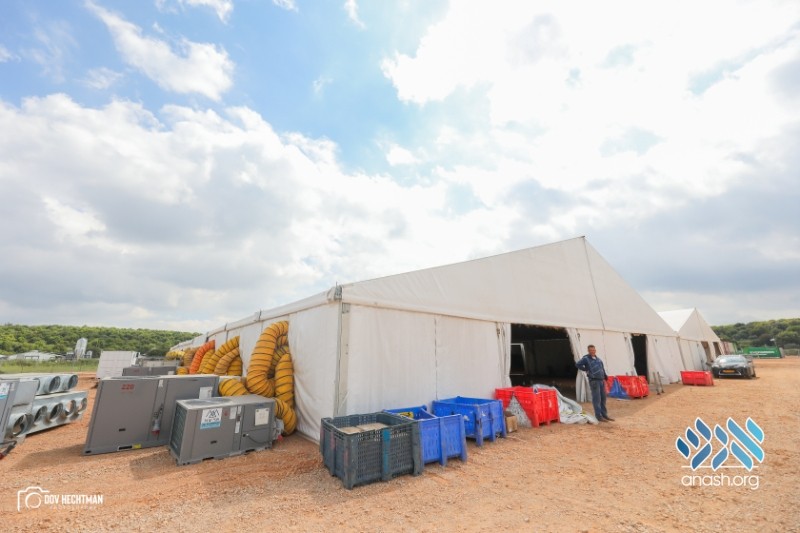
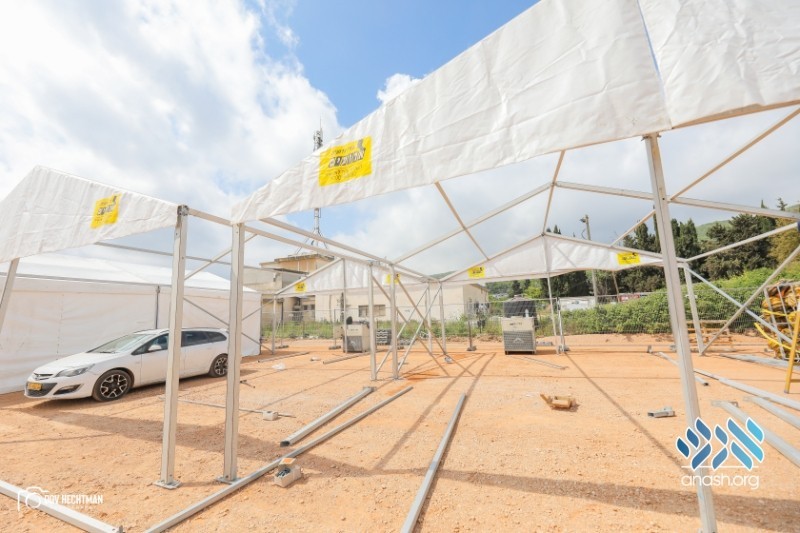
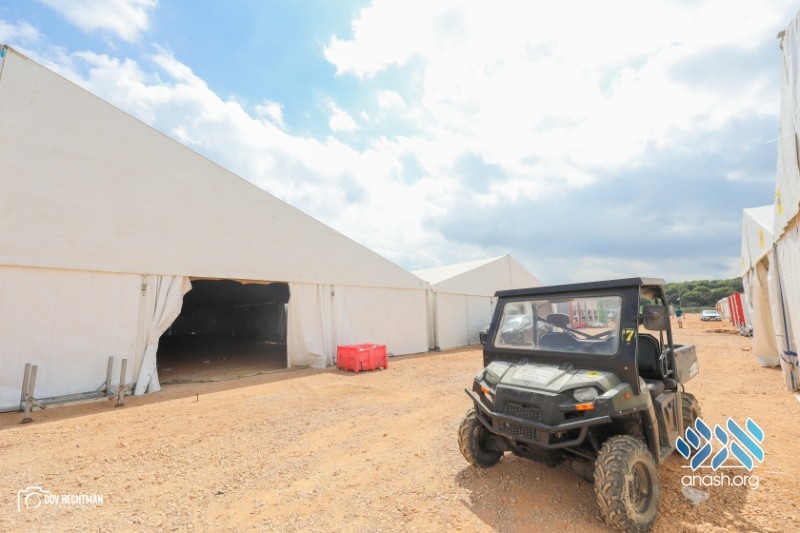
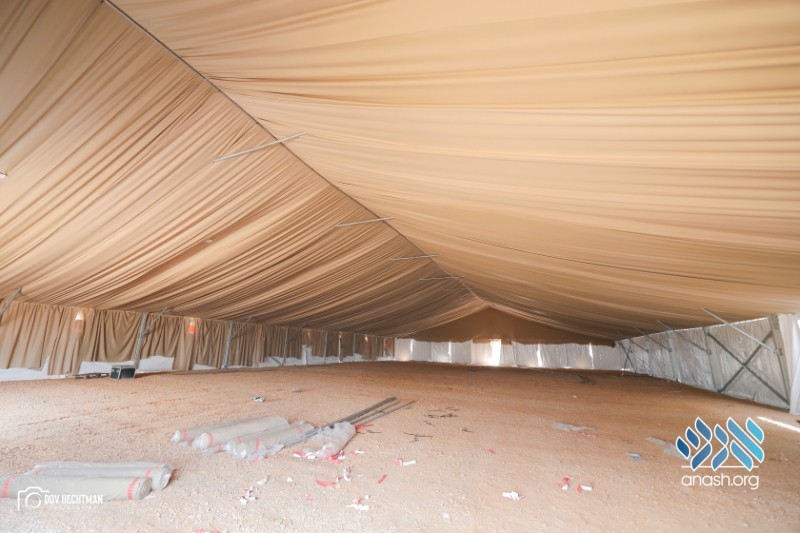

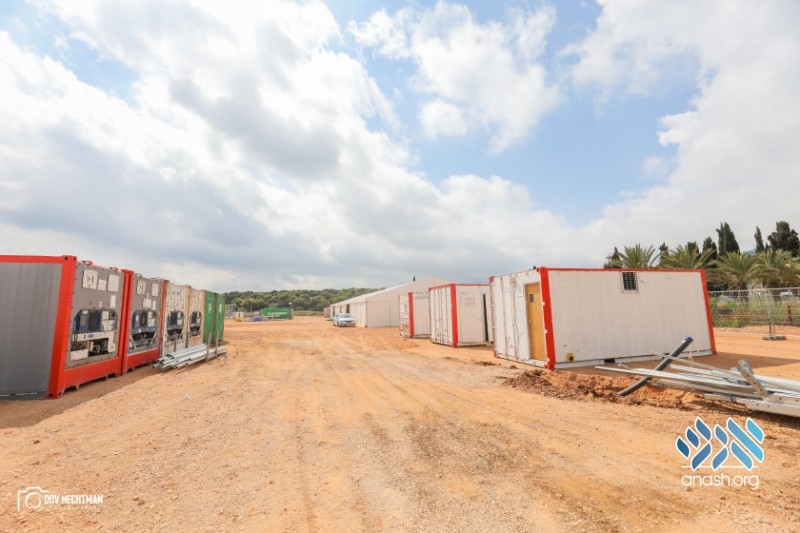

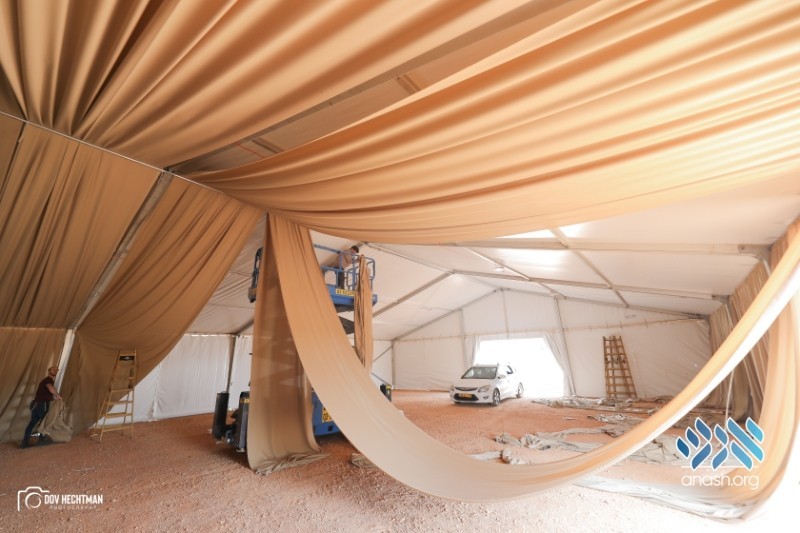

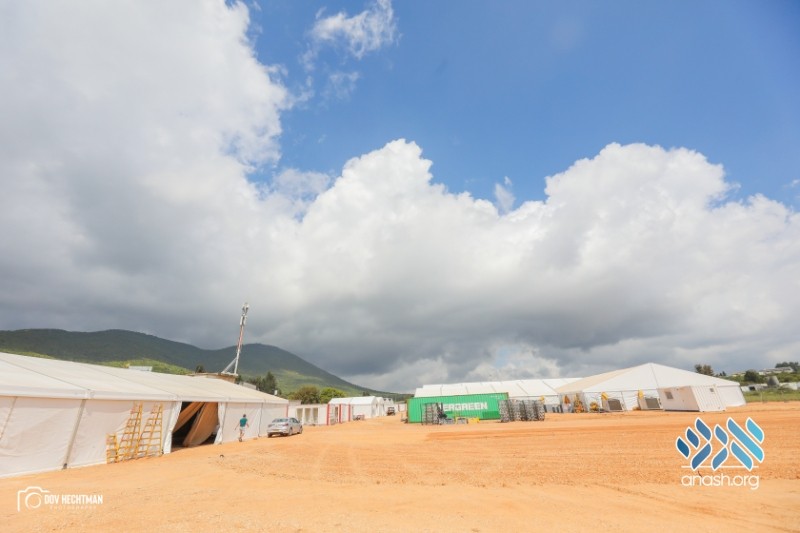

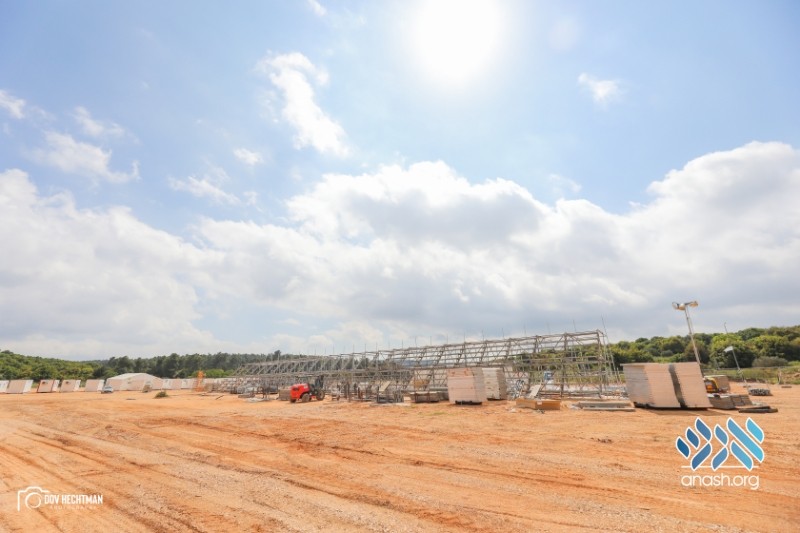
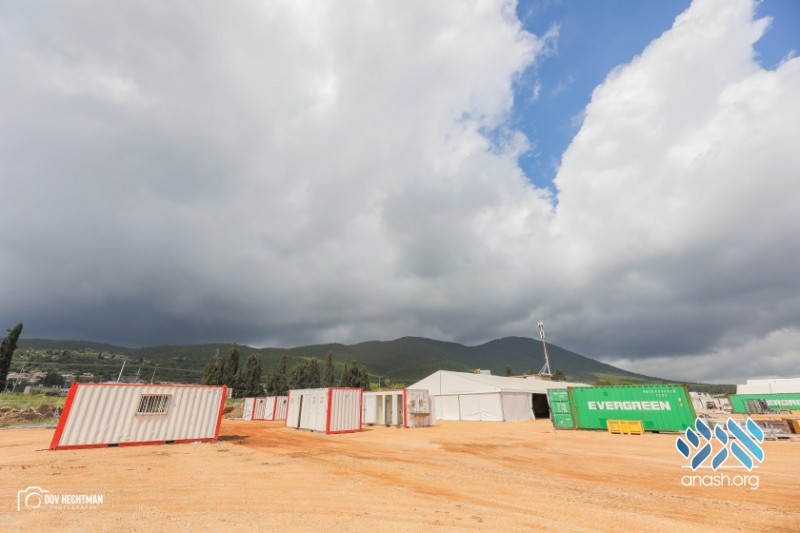
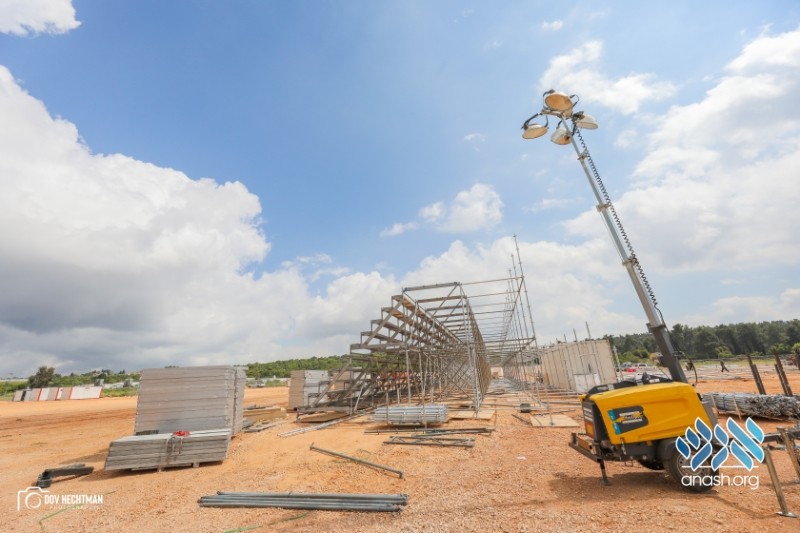
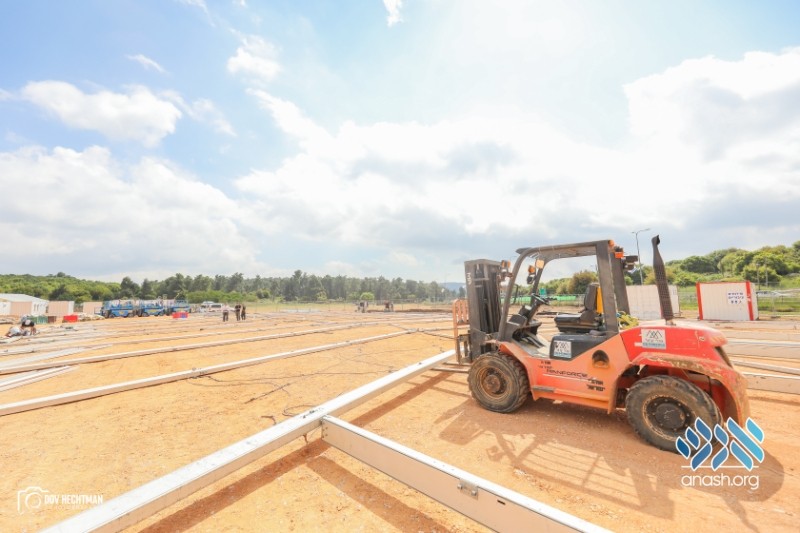
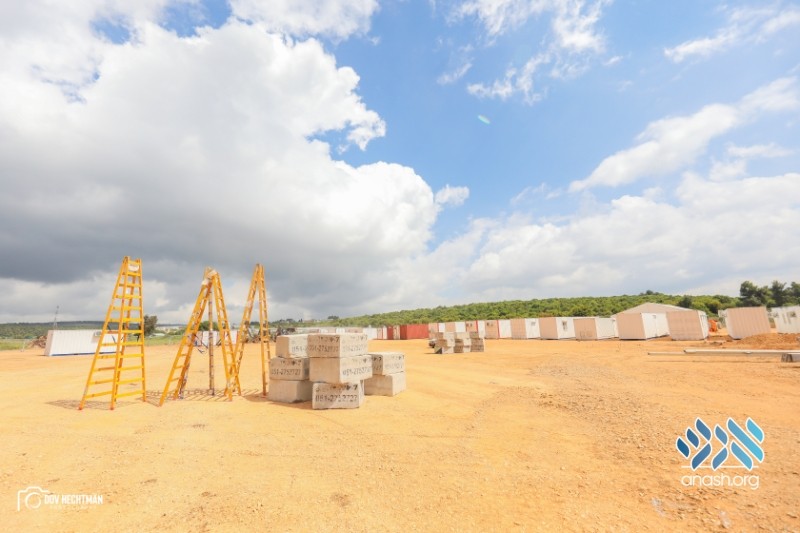

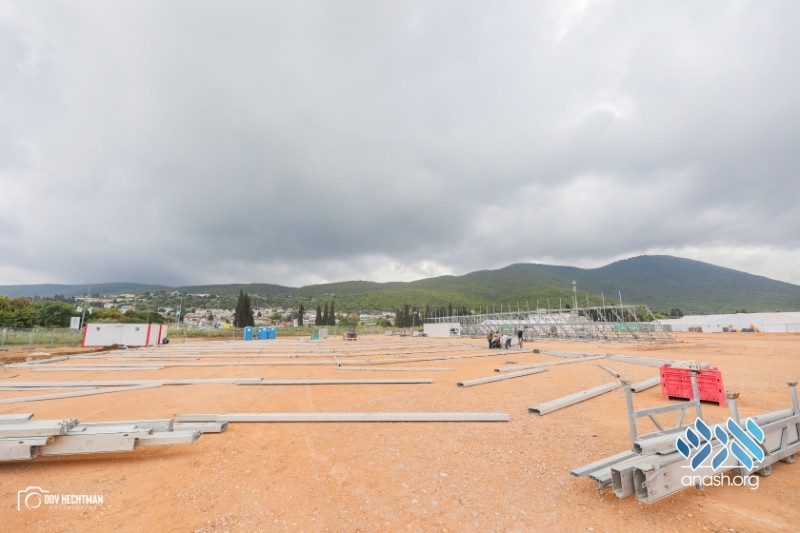

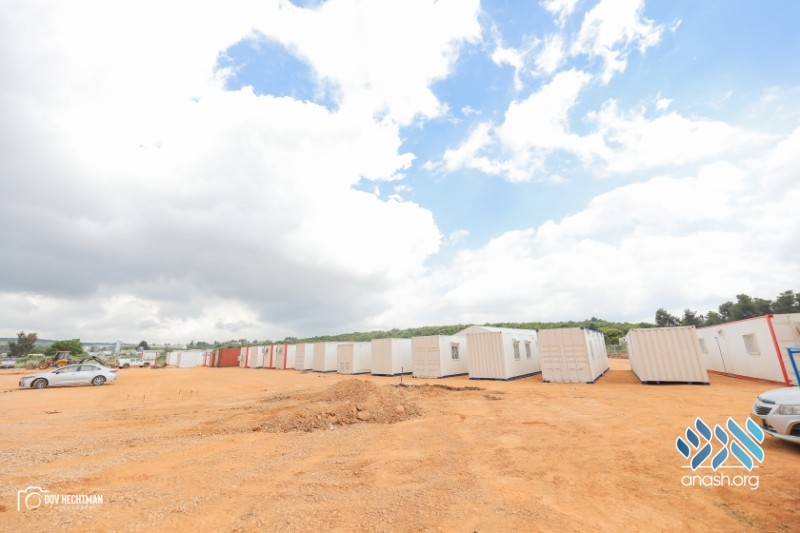


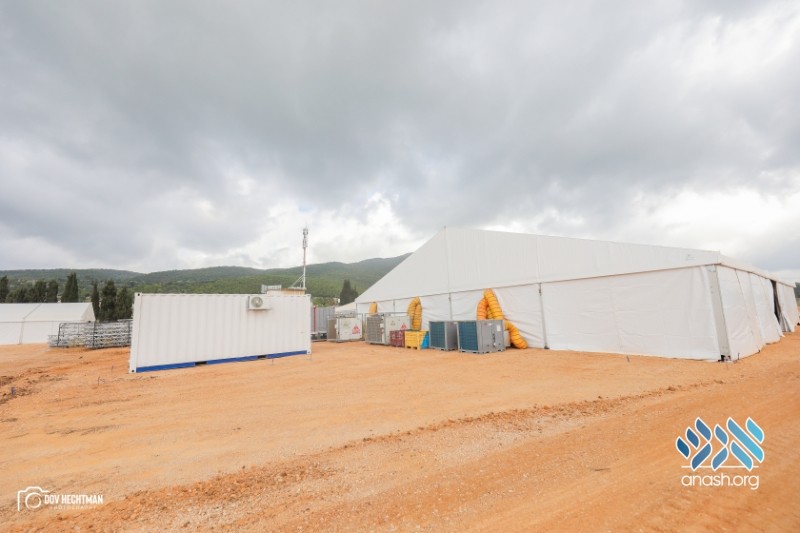
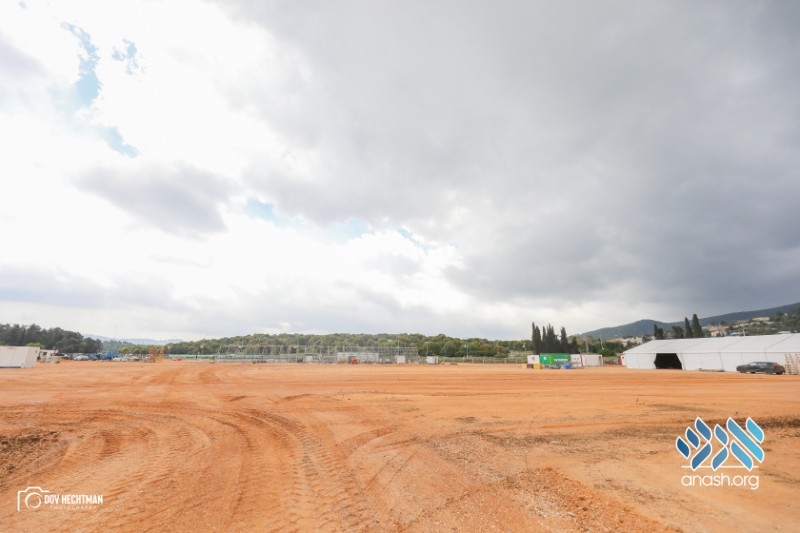
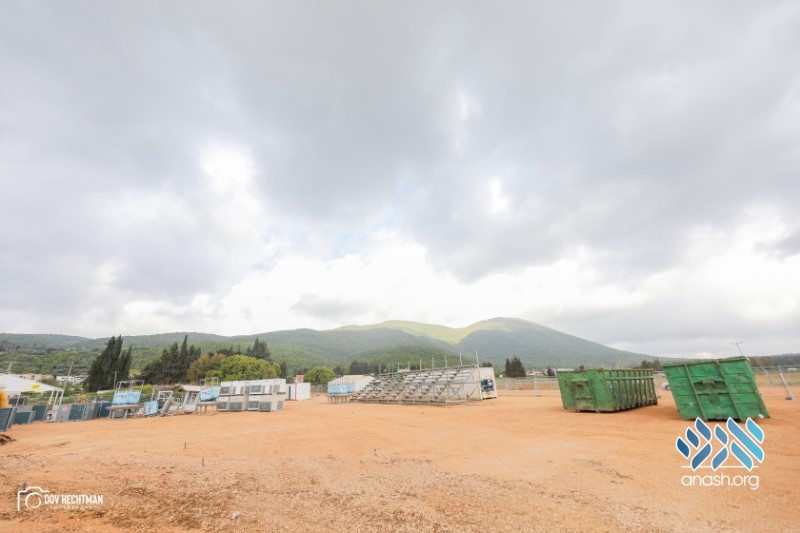
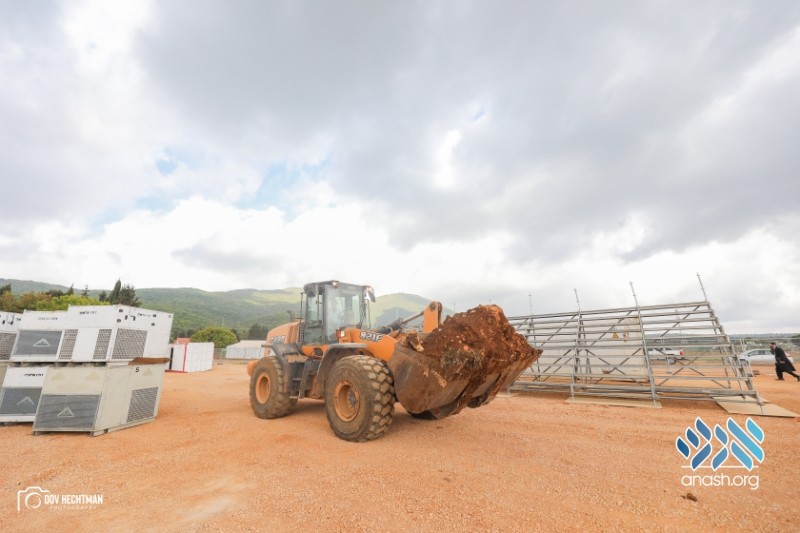
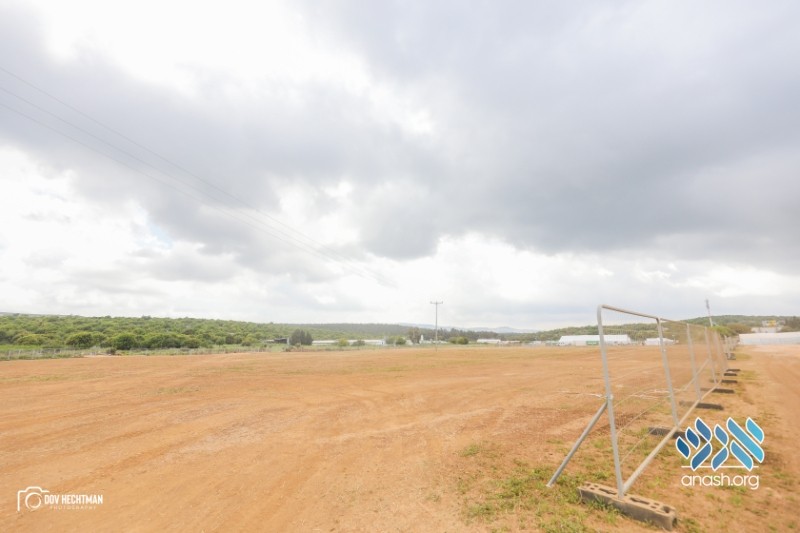






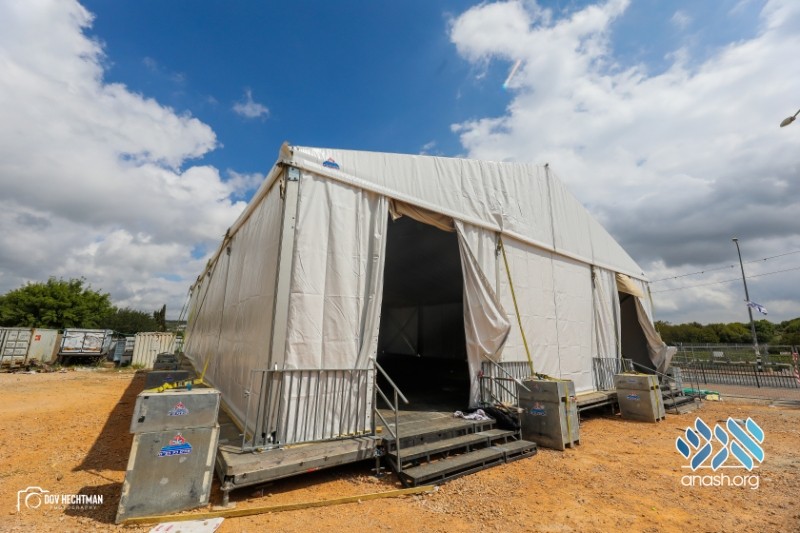
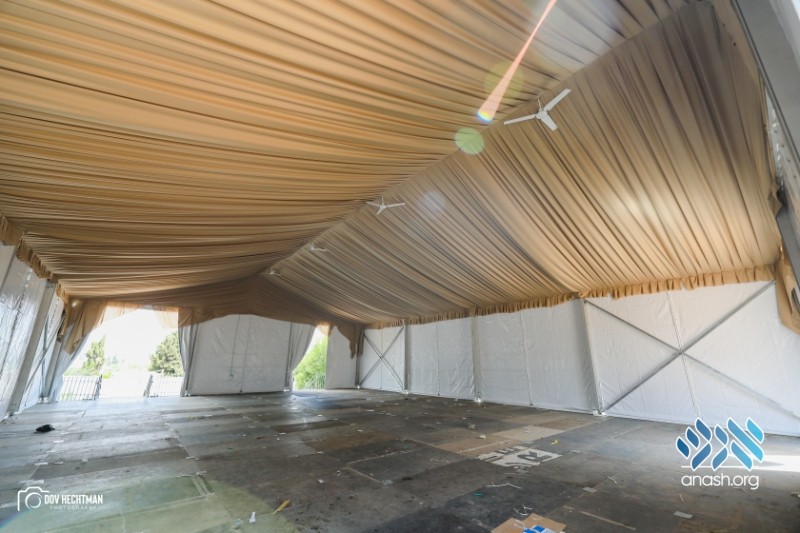

Discussion
In keeping in line with the Rabbonim's policies for websites, we do not allow comments. However, our Rabbonim have approved of including input on articles of substance (Torah, history, memories etc.)
We appreciate your feedback. If you have any additional information to contribute to this article, it will be added below.